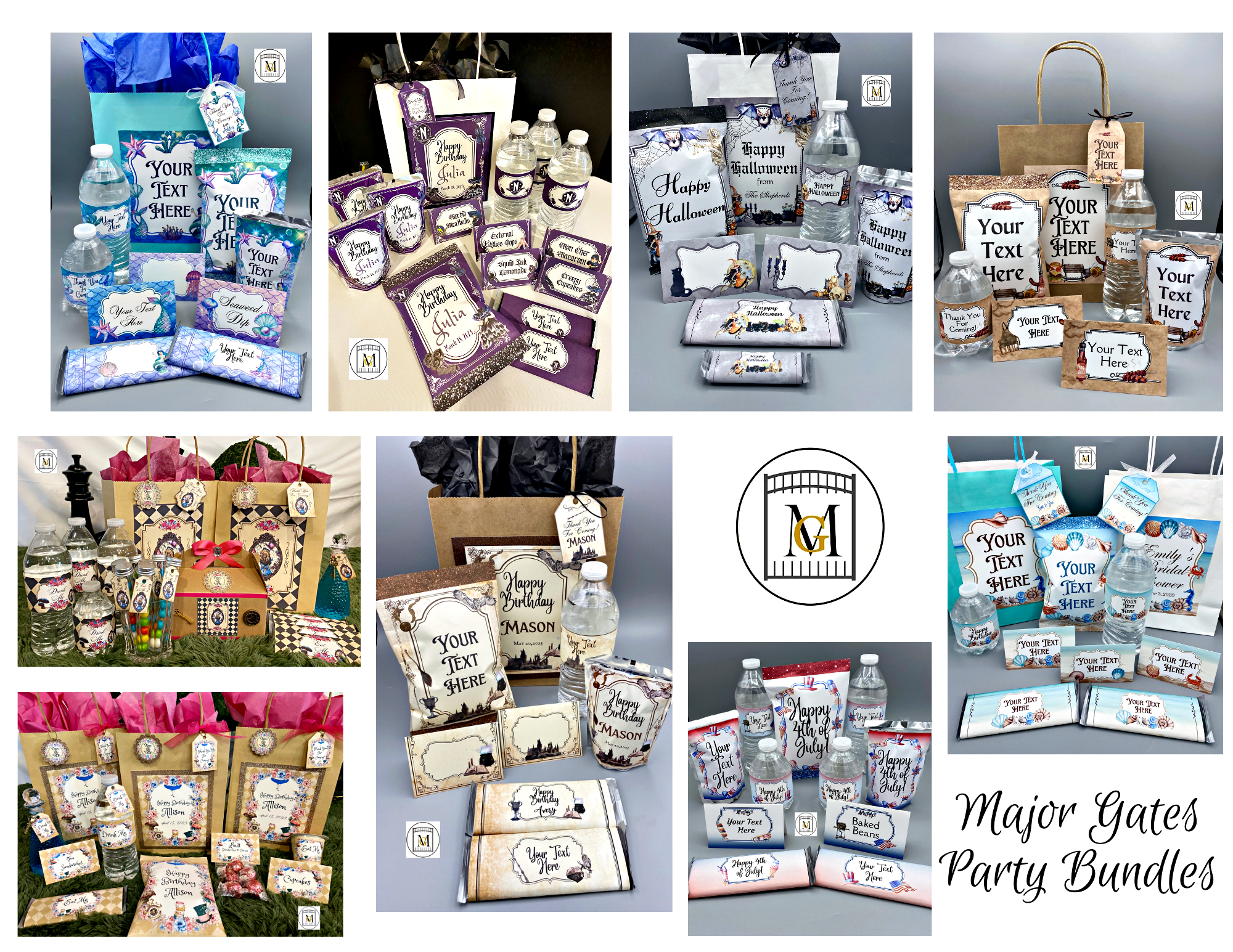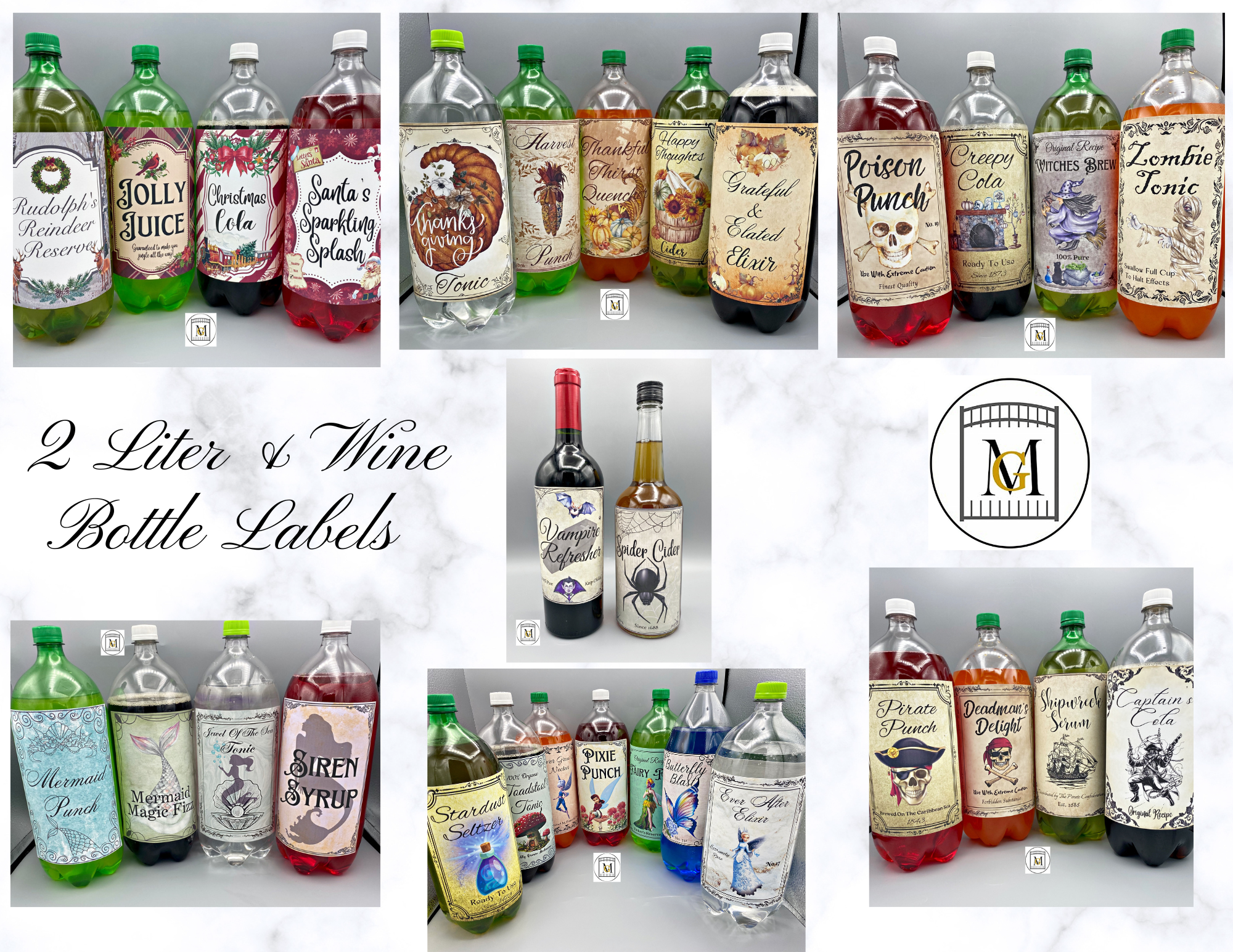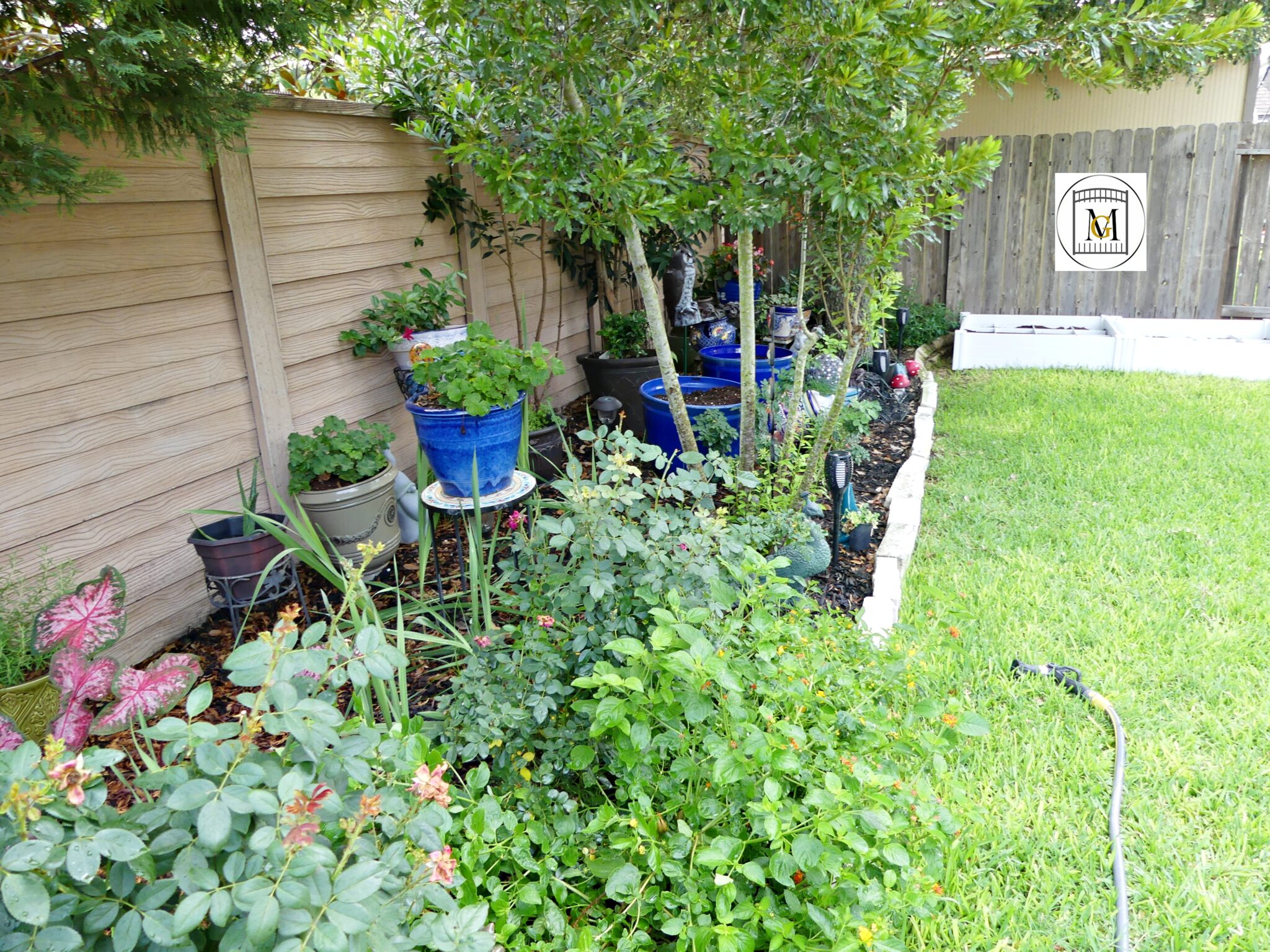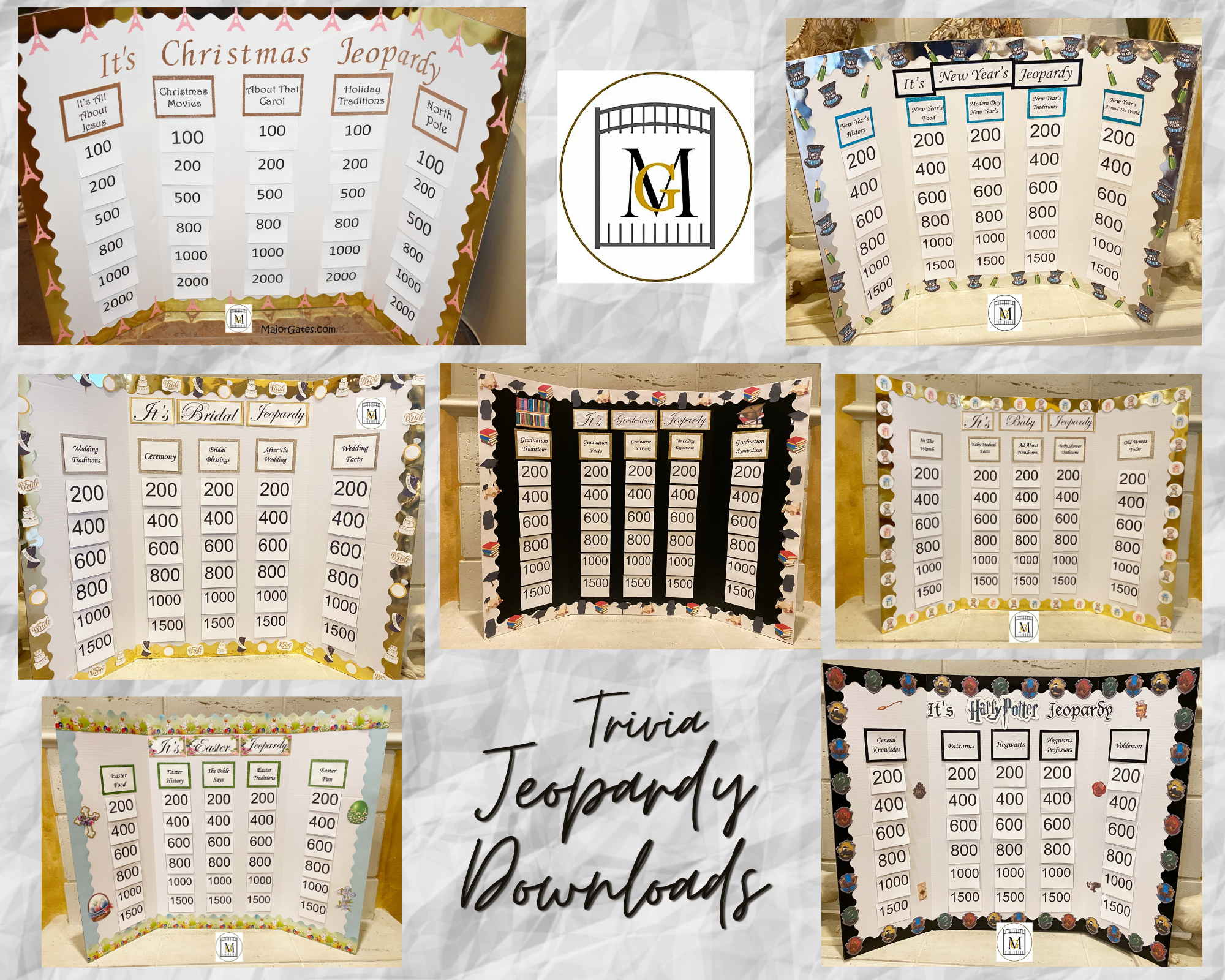Southern Zone 9 Gardening Tips
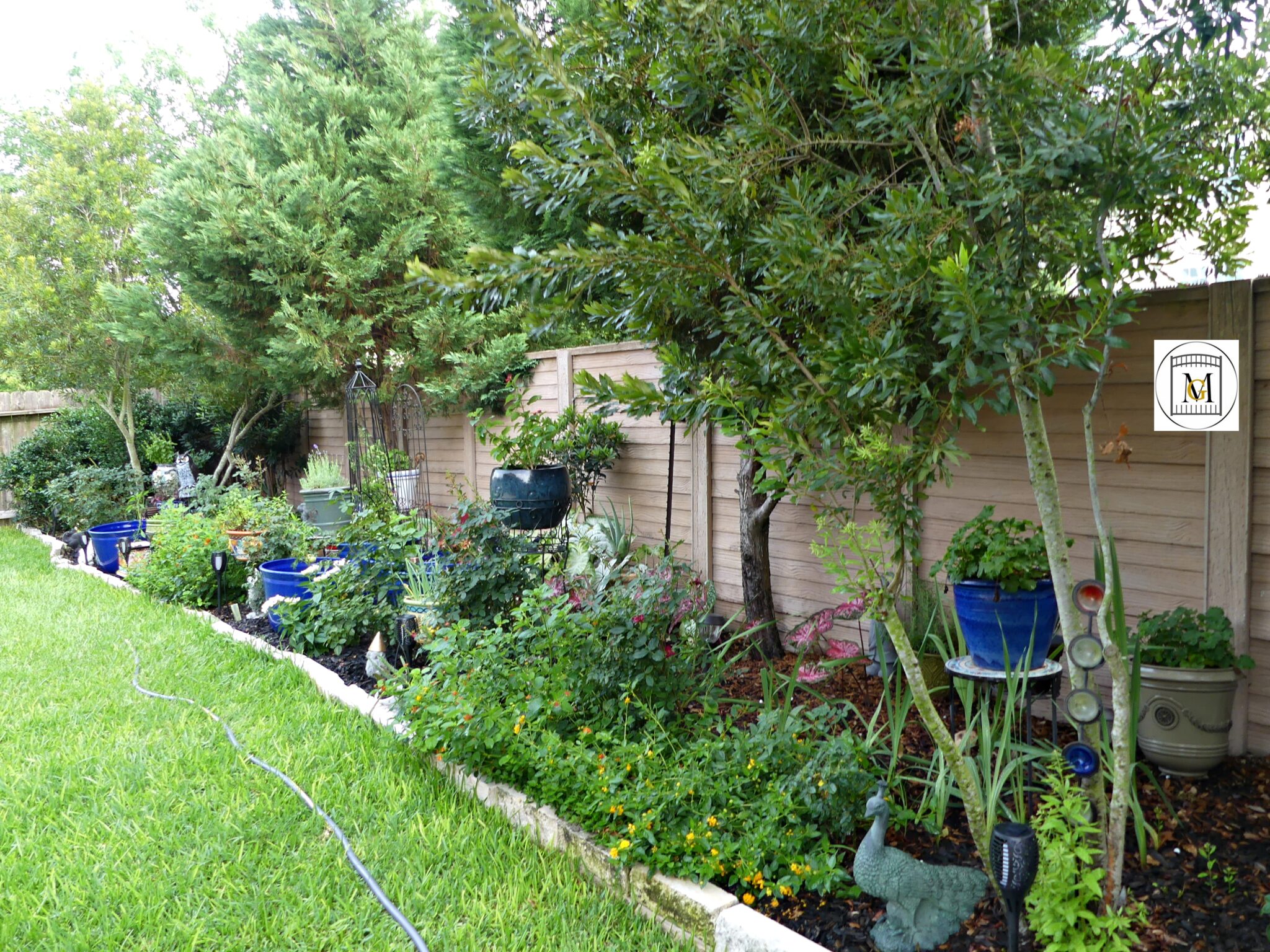
In this post, I am going to offer some Southern Zone 9 Gardening Tips. Living in South Texas has taught me a lot for a home gardener. First of all, you must understand the seasons. We have 4 seasons but they are different, and the length of times they last is not traditional. The four seasons are: hot, more hot, warm, and cool. Mixed in the cool season is a couple of times of freeze days. In zone 9, the year is mostly hot. So plants that do well here tend to be tropical plants. The ideal temperature for most plants to grow is from 60ºF – 80ºF, so zone 9 spends most of the year not in this range.
When shopping for plants, look for plants that are drought tolerant, can take temperatures above 90 degrees Fahrenheit, have a cold hardiness of at least 20 degrees Fahrenheit, and can recover quickly from going from 20º degrees, and then the next day it is 85º degrees.
The south has crazy weather patterns that impact the plant. So, for years I killed many plants. I thought I could not grow anything. Then I started to learn about plants and what they need. So I would read articles about soil testing, PH levels, soil mixes, and would be more confused than ever. Then I just went to planting simple plants and everything started to come together.
Don’t Forget To Follow Me On Pinterest!
To see my available Party Bundle Label downloads, click here: https://majorgates.com/product-category/party-bundles/
Keys to Garden Success

So something I had to learn about gardening is that some plants are meant to die after the growing season or will die at first frost. I did not know that for years, and thought I killed the plants. I also learned that many perennial plants will look like they are dead but will come back in the Spring. Then I learned that the tags, Annual and Perennial, are important on the plants and it is the start of knowing what to expect from the plant.
Annual = An annual plant is a plant that completes its life cycle, from germination to the production of seeds, within one growing season, and then dies. These are the ones we love and have the best colors. I now know to save the seeds (mostly in the flower buds) to plant for years to come.
Perennial =A perennial is a plant that lives more than two years and regrows each Spring. While the blooms and leaves of perennials die back during winter, new growth arises the following spring with minimal work on your part. You can also find lovely plants with great color but these tend to be a little more expensive but they keep coming back. The key to pay attention with perennials is knowing the cold hardiness temperature. For the zone 9 cold snaps and freeze days, you need to buy a plant that can take it.
- Buying the right plants for the zone – you have to buy plants that will survive in zone 9. A beautiful plant in zone 7 will die in zone 9. If they are selling the plant at your local garden nursery, then it is for your zone. Buying plants on-line or in catalogs, you need to pay attention to the zone. Also, try to buy from nurseries, also growing their plants in zone 9. Because getting a plant grown in zone 7 that experiences all the seasons, then you transplant it in hot zone 9, that plant is likely to go through distress and die.
- Soil – the easiest soil is getting one that has food and nutrients mixed in. This soil is more expensive but is great for ensuring your plant is off to a wonderful start. Now, in South Texas, the soil is mostly clay, so you have to spend time breaking up or replacing the soil for plants to thrive and grow. So you can do this with amending the soil with compost, top soil, and peat moss. Each year, I turn over the soil in my flower beds and add peat moss once the mulch has decomposed in the early spring (February and March in South Texas). For areas that need more help, I may add a mix of compost and top soil as well. Also it is important that you use potting mix for plants in containers, raised bed soils for a raised bed, and in ground soil for plants going directly into the ground.
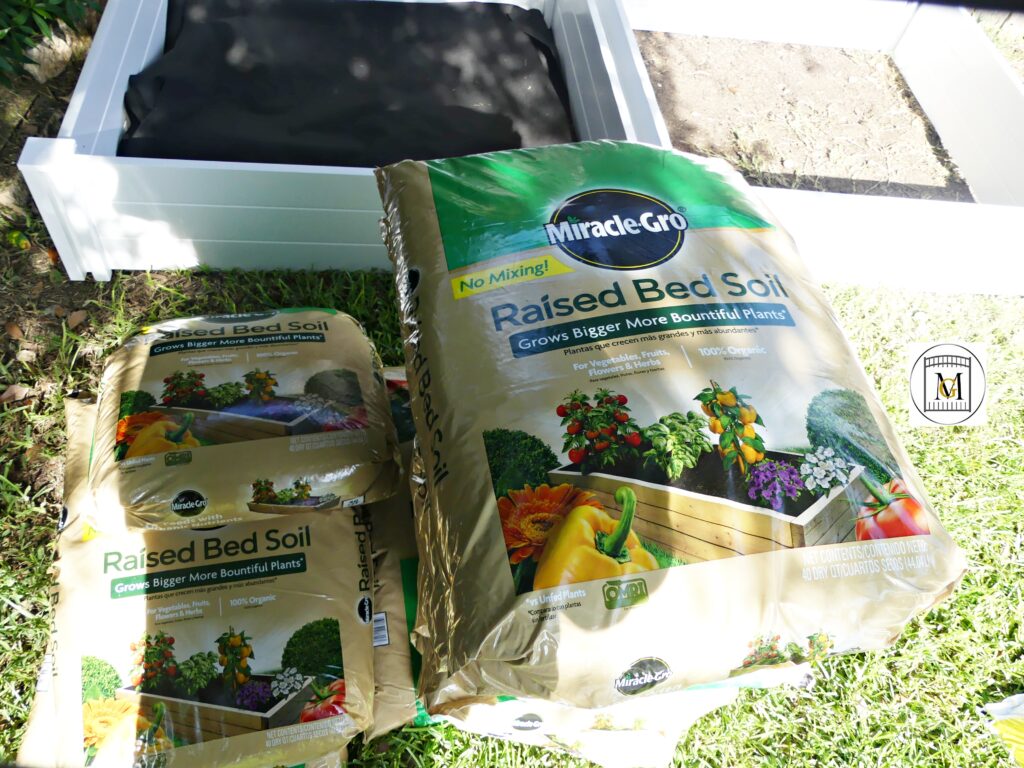
- The amount of sun – some full sun plants in zone 9 do well in partial shade because it is so hot in the summer. It is important to really put partial shade or shade plants in their proper environment or they will die quickly. Morning sun does well for most plants. It is the afternoon heat that is torture, not only to humans and animals, but also plants. So watch what plants can really take the hot long afternoon heat and those are the ones that are true full sun plants. In my garden some examples of true full sun plants are: roses, boxwoods, tomatoes, cucumbers, citrus, and succulents.
- Watering – drip watering works best for the garden and can be set to a timer. If you don’t have drip watering, oscillating sprinklers work well, as well as hand watering. Do not rely on just a sprinkler system to satisfy all your watering needs. In South Texas, we also have to water the foundation of our homes to protect the foundation and the flower beds. Morning watering works best because evening watering encourages fungus growth and more insects. So try to always water in the morning.
- Mulching – it is important that you mulch. In the summer, the mulch keeps more moisture in the soil and keeps the plant from drying out. In the winter, it keeps the ground warmer and will keep the plant from dying of frost.
- Fungicide and insect control – most problems with grass and plants are a result of insects. If you keep the insects to a minimum, your garden will thrive. The key is finding the right balance. Frogs and lizards eat a lot of unwanted insects, so encourage their habitats. Fungus is also a typical problem in zone 9, apply fungicide to your garden and tackle issues early.
- Proper pruning – it is tempting to cut back plants once they look like they are dead or dying. Try to hold off to just pruning in the spring and fall. When you prune, you are telling the plant to grow, so if you do this in the heat of the summer, the heat is too much stress for the plant. Also, if you do this in the winter, the drops in temperature will stress the plant. Research how to properly prune that specific type of plant. How to cut them and when, varies per plant.
- Knowing what plants to plant in a pot, that you have to bring in under 32 degrees Fahrenheit. Plants that typically grow and thrive in zone 9 heat, do not like the cold. So bring plants indoors for frost and freeze warnings.
- Fertilizer – using the right fertilizer and when to use the right fertilizer is key to success. For example, roses like acidic soil, so use acidic fertilizer or rose food. Do not plant acidic loving plants next to alkaline loving plants.
To see my available 2-Liter/Wine Bottle Labels, click here: https://majorgates.com/product-category/2-liter-wine-bottle-labels/
Plants That Do Well For The Busy Gardener

- Double knock-out roses or roses – they can take drought, cold snaps and a long hot season. Prune off spent blooms. Cold Hardiness of roses is 10º F. Double knock-out roses also are more resistant to fungus black spot attacks.
- Begonias – this is a semi-perennial. They grow in part shade, perfect in pots and if you take indoors for cold snaps, will come back the next year. They will not last many years but 2-3 before they die if taken indoors for cold snaps. Cold hardiness: 30º F.
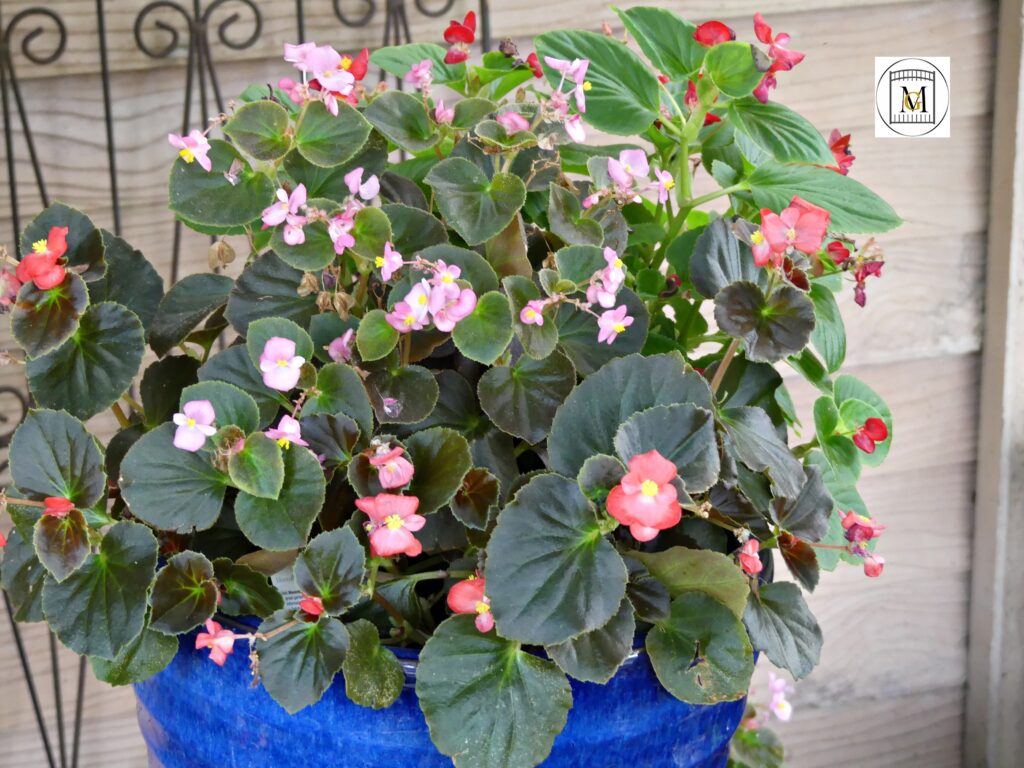
- Geraniums – These are great for container gardening with partial shade. Save the seeds to grow for the next season as they are really annuals. Cold hardiness: 32º F.
- Lantana – Perennial; drought resistant; full sun; spreading plant; looks like they die in the winter but if you mulch over the cut backed plant (late winter), they will come back in the Spring. Cold Hardiness: 20ºF.
- Verbena – Perennial that grows in full sun or partial shade; spreading plant; drought tolerant; great in containers. Cold Hardiness: 20ºF.
- Pentas – Sometimes perennial. Likes acidic soil, and full sun. Sometimes will come back if you cut them down to the ground just as winter begins and cover with mulch. These are easy to propagate with cuttings. Cold Hardiness: 50ºF.
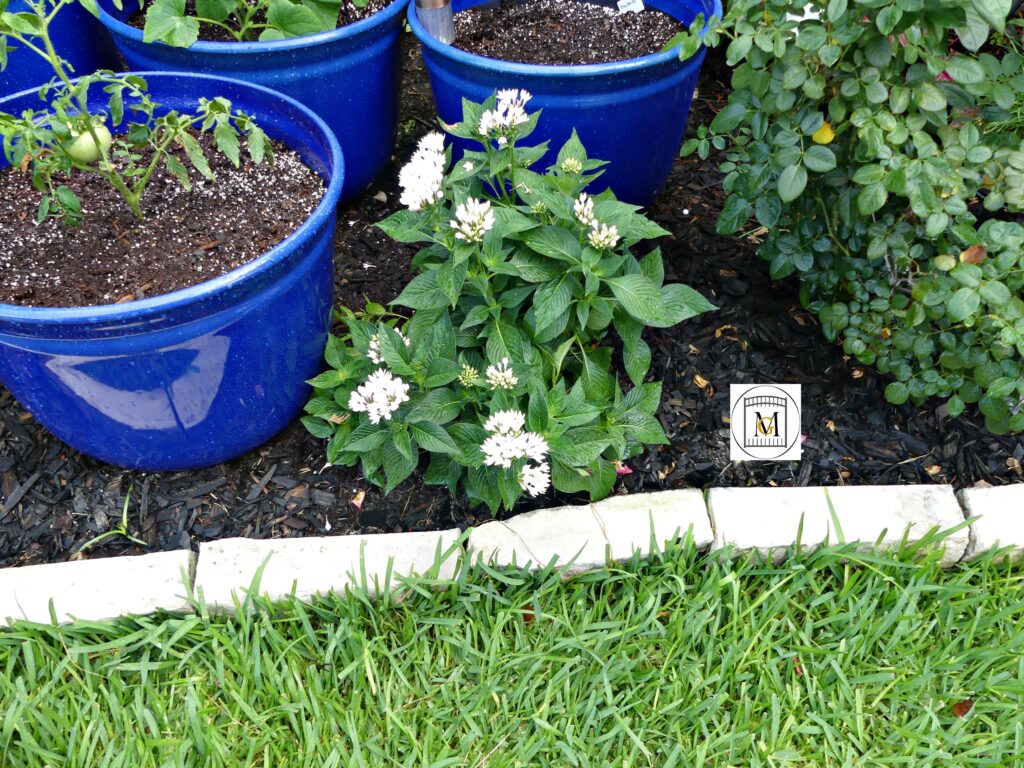
- Gardenias – Perennial; likes morning sun only. Cold Hardiness: 10ºF.
- Succulents – Grows great in zone 9 but need a plan for covering during cold snaps since the leaves are mostly water and will freeze, then turn to mush once it defrosts. Recommended to grow in containers and bring indoors for freezes. Cold Hardiness: 40º.
- Lilies – Perennial; plant in the Spring, do not need to did up bulbs. Cold Hardiness: -30ºF.
- Mexican Heather – Sometimes perennial, but often an annual. This is a mounding/spreader plant that likes full sun. Cold Hardiness: 40ºF.
- Foxtail Ferns – Great plants that are perennial and have a cold hardiness of 20º F. They will appear dead after cold snaps but will come back, just cut off dead stems in the Spring. Caution: these ferns have an extensive root system and will choke out other plants in the ground.
- Azaleas – Perennial; blooms in the Spring only and grows in full sun or part shade. Likes acidic soil. Cold Hardiness: -20ºF.
- Wax Myrtle – You can grow as a shrub or small tree. Great in zone 9 heat. Cold Hardiness: -10ºF.
- Holly Bush – This is a great evergreen to grow in zone 9, likes acidic soil, is drought resistant, attracts bees(pollinators). Cold Hardiness: -32ºF.
- Japanese Blueberry – Prune in the winter when dormant and be sure to mulch well in the fall to protect the roots. Needs room to spread. Grows in full sun or shade. Cold Hardiness: 20ºF.
- Yellow Ripple Ivy – Great in partial sun to shade, drought tolerant, neutral soil, and great in containers. Cold Hardiness: -15ºF.

Herbs That Grow Well in Zone 9
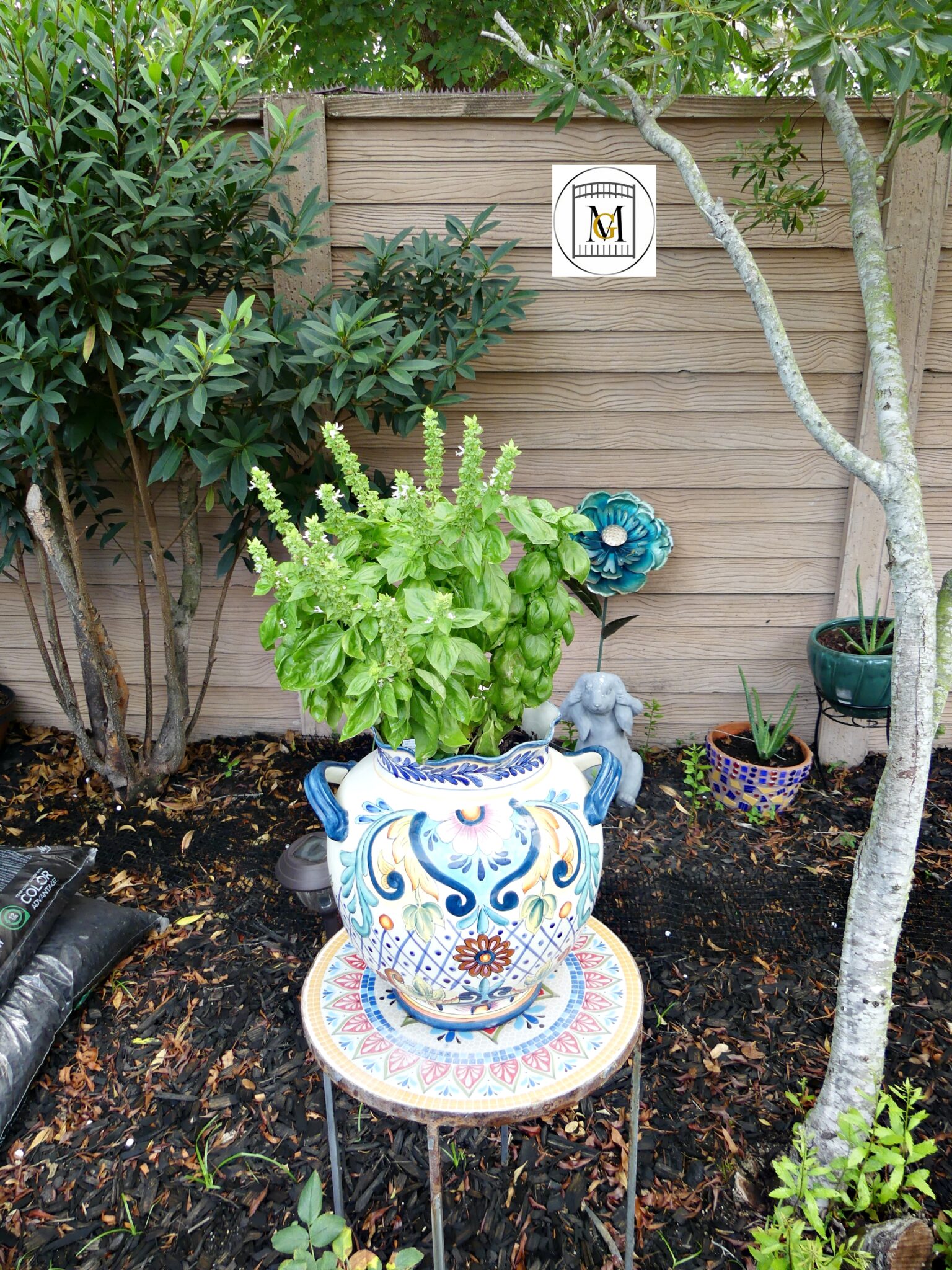
All herbs will grow well indoors under the proper lighting and water. These are the ones that I find grow well outdoors with minimal attention as long as they are watered in zone 9. For herbs, the challenge is more the heat. I like to plant in pots in case I need to move to a shadier spot in the garden. Be sure to harvest regularly for continuous growth.
- Mint – Cold Hardiness: -20ºF
- Basil – Cold Hardiness: 32ºF
- Thyme – Cold Hardiness: -20ºF
- Lemon Balm – Cold Hardiness: -20ºF
- Rosemary – Cold Hardiness: 20ºF
- Lavender – Cold Hardiness: 10ºF; there are varieties that can take lower temps but common lavender sold in zone 9 is around 10ºF.
- Chives – Cold Hardiness: 30ºF
- Sage – Cold Hardiness: 15º F
- Dill – Cold Hardiness: 25º F
Veggies that Grow Well in Zone 9
Most veggies are annuals and seeds or small plants need to be planted each year. So save the seeds, and some veggies can be re-planted from harvest with a few steps to create new plants.

- Beans – Cold Hardiness: 40ºF
- Tomatoes – Cold Hardiness: 35ºF
- Cucumbers – Cold Hardiness: 40ºF
- Onions – Cold Hardiness: -10ºF
- Potatoes – Cold Hardiness: 32ºF
- Carrots – Cold Hardiness: 20ºF
- Corn – Cold Hardiness: 28ºF
- Peppers – Cold Hardiness: 40ºF
- Beets – Cold Hardiness: 32ºF
- Garlic – Cold Hardiness: -30ºF
- Ginger – Cold Hardiness: 20ºF
Plants, Herbs, Veggies & Fruits That Need More Attention To Survive
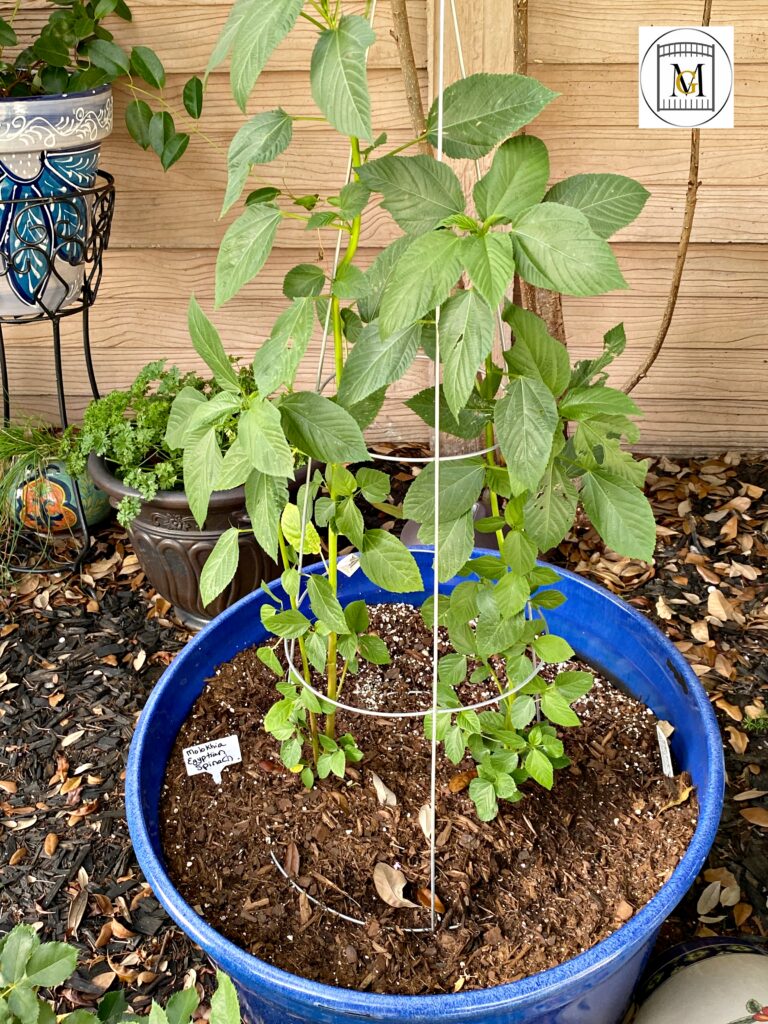
- Strawberries – It is so hot in zone 9, these can grow but you have to pay them more attention and they need constant watering.
- Cilantro – It is a cool season herb and can grow from fall to spring – expect it to die when temps are consistently warm and when it is hot. Grow indoors if you have the space. I grow for fun because it is cheap in the stores.
- Parsley – Cool season herb and does not like excessive heat. Will grow from fall to spring or indoors. Cold Hardiness 10ºF.

- All lettuce and spinach – Cool season veggie and does not like excessive heat. Will grow from fall to spring or indoors.
- Greens – Cool season veggie and does not like excessive heat. Will grow from fall to spring or indoors.
- Asparagus, broccoli, cauliflower – Are tricky to grow since they prefer cooler temperatures. Great to plant in fall and harvest in the Spring.
- Evergreens – They have great cold hardiness but may not like the excessive heat and tend to be attacked by fungus, especially Cypress Evergreens. When a part of certain species evergreen dies, it will not regrow in that area. On the other hand, boxwood and holly evergreens do well in zone 9. Cold Hardiness: -20ºF
- Citrus Trees – They will grow great in Zone 9, full sun, and like acidic soil. You need to mulch the base well in the winter and do not prune until after new growth is sprouting in June. Cold Hardiness: 25ºF.
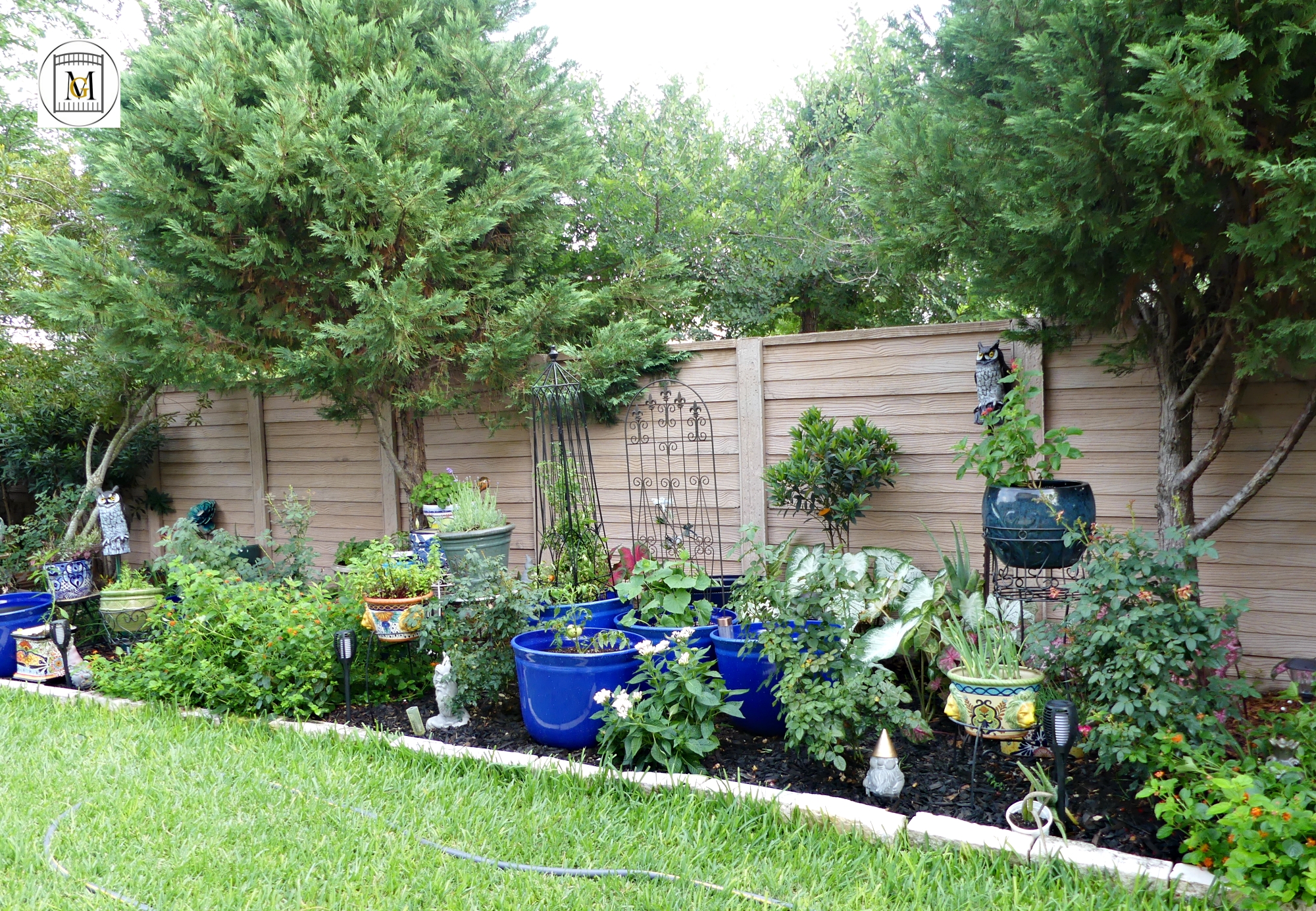
Final Southern Zone 9 Gardening Tips
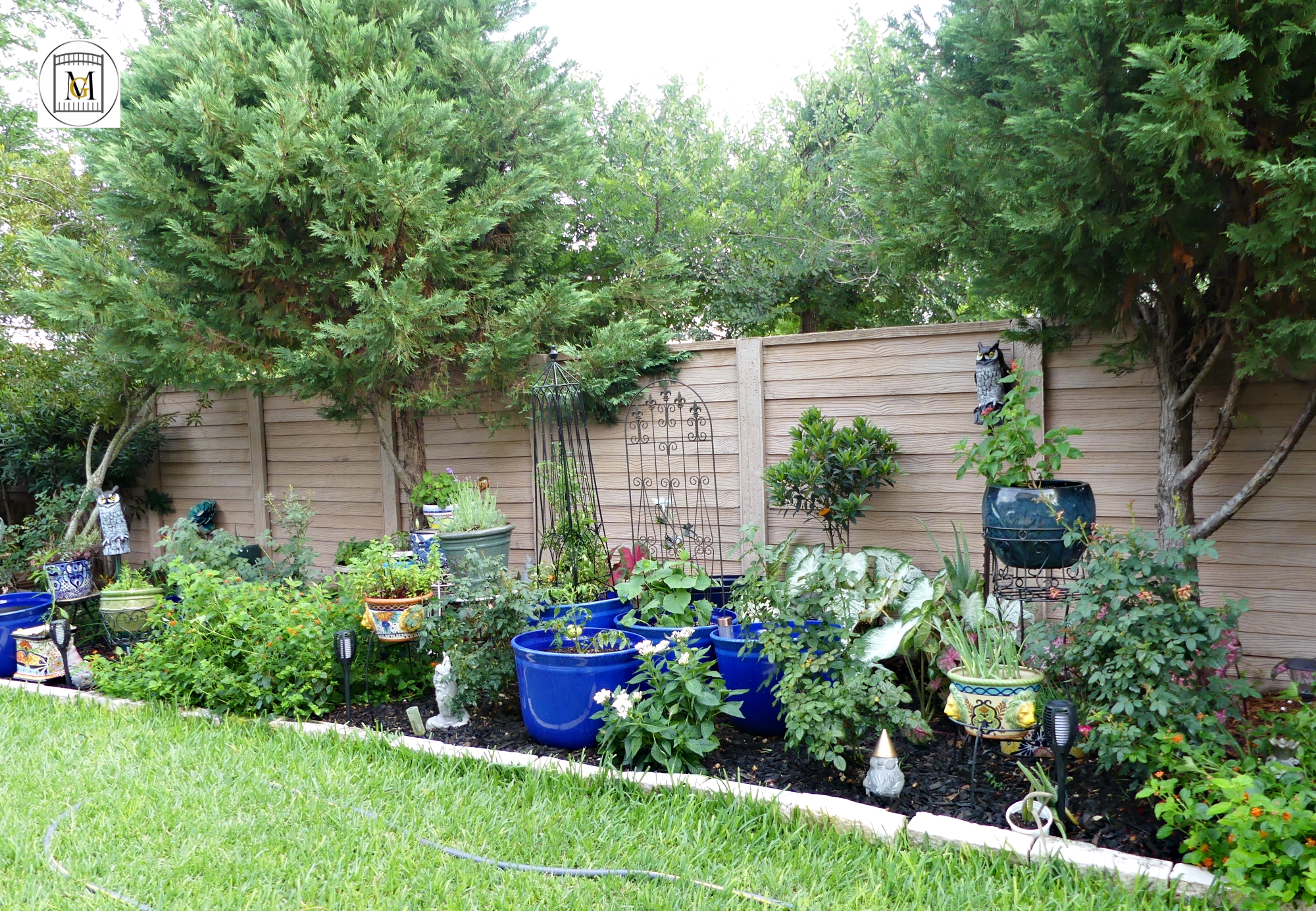
- No matter how tempting it is, do not purchase plants to plant outdoors until after of last frost. So you are usually safe after March 1st. Anytime earlier, you are taking a risk.
- Zone 9 Spring is mid-February thru mid-April. Temperatures will already be in the 80’s-90’s in April.
- Zone 9 Summer is May-October. There is only varying degrees of hot.
- Fall is late October thru December in Zone 9.
- Winter is late December thru mid-February in Zone 9.
- Know when to take plants indoors – take plants in when there is an announced multiple day freeze, often called a “hard freeze” or “hard frost”. For short periods of time where temperatures dip below 32ºF for just a few hours but it will warm up the following day, you don’t need to bring your plants indoors.
I hope this information helps. I wish I would have known these things years ago but now I am a successful gardener. Happy Growing!
To see my available Jeopardy/Trivia Party Downloads, click here: https://majorgates.com/product-category/jeopardy-trivia/
